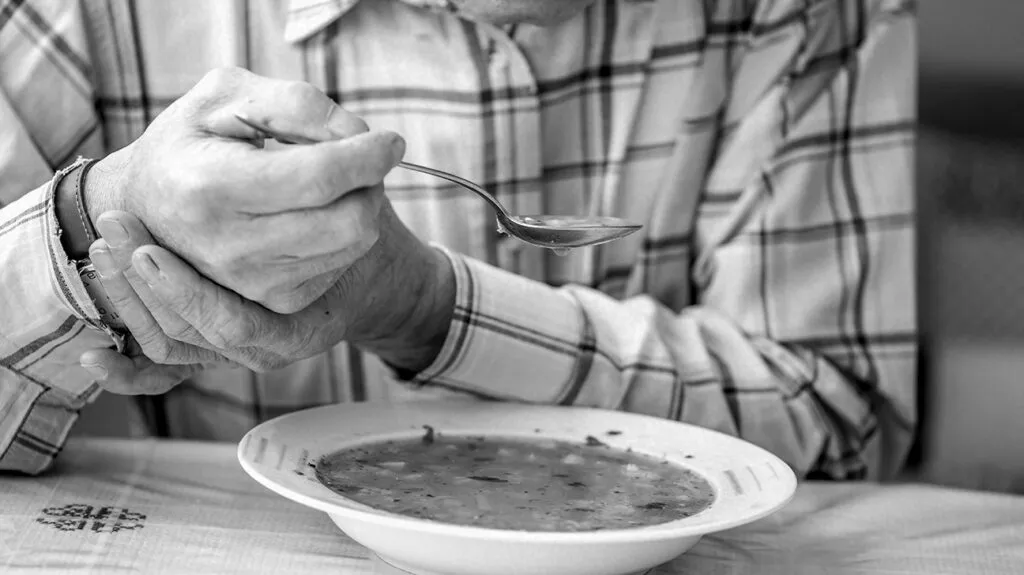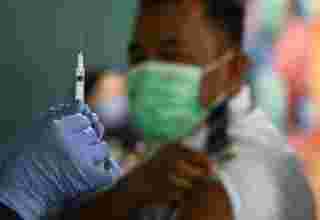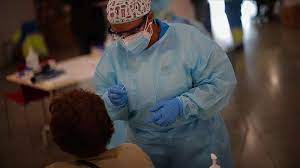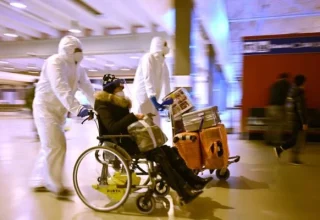ISLAMABAD, JUNE 09 (ABC): More than 10 million people worldwide have Parkinson’s disease (PD), according to the Parkinson’s Foundation.
A progressive neurodegenerative disorder, PD damages or destroys neurons located in the midbrain. These neurons produce dopamine, a neurotransmitter that plays a role in movement. This lack of dopamine causes PD symptoms which include tremors, stiffness, and impaired balance and coordination.
Treatment with the drug L-DopaTrusted Source can replenish the brain’s dopamine to alleviate some symptoms. However, continued use of the drug can cause dyskinesia or involuntary body movements.
The scientific community is working tirelessly to develop more effective ways to treat and understand PD.
In a new study, published in the journal npj Regenerative MedicineTrusted Source, researchers reveal that they reversed motor symptoms of PD in rats by implanting induced pluripotent stem cellsTrusted Source (iPSC) to replace neurons destroyed by the disease.
iPSC are cells that have been reprogrammed back into an embryonic-like state. This state allowed the scientists to treat the cells and differentiate them into dopamine-producing neurons.
“It’s like taking a book, and then washing away the ink, and then being able to rewrite what that book is,” explained Dr. James Beck, senior vice president and chief scientific officer for the Parkinson’s Foundation — a nonprofit organization that works to improve the lives of people with PD and advance research toward a cure.
When implanted into the brains of rats, the cells used in the study were able to send out branching fibers to make connections in the brain and produce dopamine.
Establishing parameters
With their study, the researchers investigated the most successful protocol for transforming non-neuronal cells into functioning neurons. “The purpose of this article is to establish the parameters that make these cells the best,” Dr. Jeffrey Kordower, director of the ASU-Banner Neurodegenerative Disease Research Center at Arizona State University told Medical News Today.
The researchers treated the cells in their embryonic-like state with a set of additional factors and cultured the cells for 17, 24, and 37 days.
“[T]hat’s where this study plays a key role, in just trying to take a look at several time points in order to see when […] the development of these cells might produce the best results,” Dr. Beck told MNT.
The “magic” number turned out to be 17.
“If you treat and culture them for 17 days, and then stop their divisions and differentiate them, that works best,” Dr. Kordower said.
These cells, when grafted into the brains of rats, “have the ability to grow long distances,” Dr. Kordower said.
That’s important, Dr. Kordower explained, because the cells will eventually be implanted into humans where they will need to send their branches over long distances.
Recovery may be dose-dependent
As part of the study, researchers also looked at the dosing of iPSC, a factor that has not been studied before, according to Dr. Kordower.
That’s important, Dr. Beck explained to MNT, because neurosurgeons need to know how many cells to implant in the brain.
“Having fewer cells is better because you can minimize any potential side effects […] but the flip side is, if you don’t have enough in there, you’re not going to see the effect you want,” Dr. Beck said.
“When you put in a few cells, let’s say put in 5,000, you don’t get any functional recovery,” Dr. Kordower told MNT. “You put in 10,000, you get more. And, if you put in even more cells, the functional recovery is faster and more robust.”
“And then if you put in the maximum feasible dose, which is 450,000 cells, by 4 months, there’s complete and functional recovery [in rats].”
– Dr. Kordower
The researchers also demonstrate with their study that the treatment is safe in rodents, according to Dr. Kordower.
“In every animal, we look to make sure that tumors aren’t forming,” he said. “And we never see that. There are a few cells that are dividing, but very few […] It’s non-troublesome and non-worrisome. So in this study, we’re able to demonstrate the right way to proceed.”
Next step: human trials
Dr. Kordower told MNT that the results of this study give him “great confidence going forward into patients.”
Dr. Kordower will be a principal investigator in a clinical trial that he expects to take place in 2023, which will study a specific population of individuals with PD who have mutations in the Parkin geneTrusted Source.
These individuals experience degeneration of the dopamine system. While they experience motor dysfunction typical with PD, they do not develop cognitive decline or dementia. “So, that makes [it] the perfect test to see whether cell replacement strategies can be helpful,” Dr. Kordower told MNT.
If the trial is successful, larger trials may follow in a broader population of people with PD. However, it is important to note that while the findings from this study are promising, results from animal models do not always translate into human clinical trials.



























